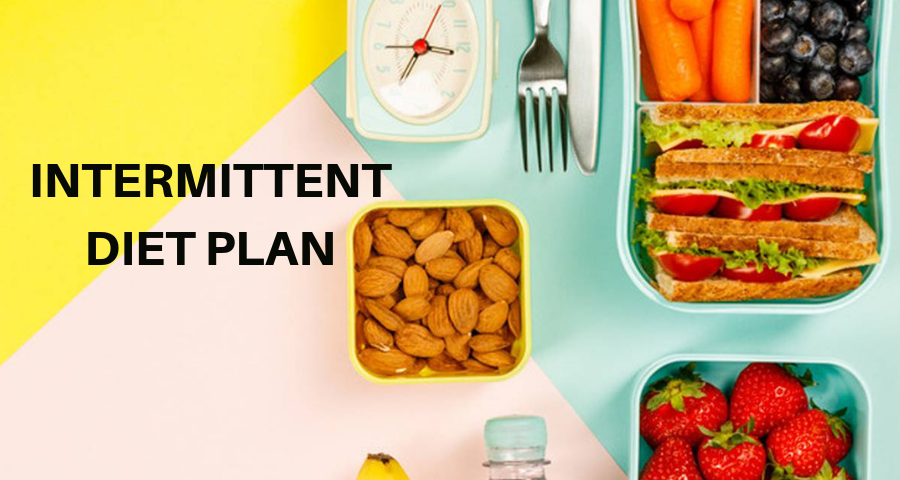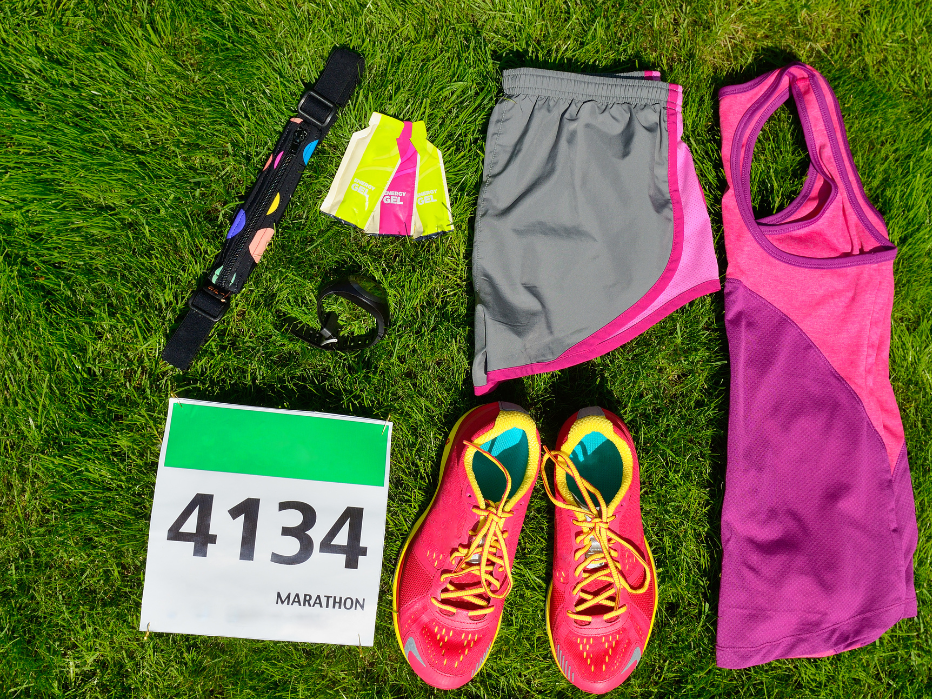Intermittent Diet plan- By Shaily Chauhan
Date
Duration
5 min read

Intermittent fasting is when you go without food for a certain amount of time. While the idea of fasting can be overwhelming, especially if you haven’t done it before, intermittent fasting can actually be a lot easier than many other types of eating plans.
Intermittent fasting has been very trendy in recent years. It is claimed to cause weight loss, improve metabolic health and perhaps even extend lifespan. Not surprisingly given the popularity, several different types/methods of intermittent fasting have been devised. All of them can be effective, but which one fits best will depend on the individual.
1. The 16/8 Method: Fast for 16 hours each day
The 16/8 Method involves fasting every day for 14-16 hours, and restricting your daily "eating window" to 8-10 hours. Within the eating window, you can fit in 2, 3 or more meals. Doing this method of fasting can actually be as simple as not eating anything after dinner, and skipping breakfast.
For example, if you finish your last meal at 8 pm and then don't eat until 12 noon the next day, then you are technically fasting for 16 hours between meals. It is generally recommended that women only fast 14-15 hours, because they seem to do better with slightly shorter fasts.
"The 16:8 fasting gives you the freedom to consume what you want during the eating window, but it's not an excuse to go pancake-pizza-Pringles wild. It is very important to eat mostly healthy foods during your eating window", says Shaily Chauhan, Dietician & Nutritionist. This won't work if you eat lots of junk food or excessive amounts of calories. You can drink water, coffee and other non-caloric beverages during the fast, and this can help reduce hunger levels.
Here's an idea of what to eat (and when to eat it) on a 16:8 fasting diet, depending on when you start eating for the day:
Early eating window
8 a.m.: Whole wheat Bread and veggie scramble
12 p.m.: apple and almond butter
4 p.m.: veggie stir fry
Evening decaf tea
Midday eating window
Morning black coffee or tea
11 a.m.: banana peanut butter smoothie
2 p.m.: avocado toast with pistachios
4 p.m.: dark-chocolate-covered almonds
6 p.m.: Zucchini noodle /Whole wheat pasta with stir fried veggies
Late eating window
Morning black coffee or tea
1 p.m.: Blackberry chia pudding
4 p.m.: Carrots and hummus
9 p.m.: Vegetables and quinoa
2. The 5:2 Diet: Fast for 2 days per week.
The 5:2 diet involves eating normally 5 days of the week, while restricting calories to 500-600 on two days of the week.
For example, you might eat normally on all days except Mondays and Thursdays, where you eat two small meals . 5:2 dieting is not the quickest for weight loss. The diet creates a weekly deficit of around 3000 calories, so you could expect to lose a little under a pound a week - provided you don't go over the top on your feast days! It is recommended to keep a food diary and watching your calories on non fast days to make sure this doesn't happen, at least to start with.
There is no rule for what or when to eat on fasting days. Some people function best by beginning the day with a small breakfast, while others find it best to start eating as late as possible.
Generally, there are two meal patterns that people follow:
Three small meals: Usually breakfast, lunch and dinner.
Two slightly bigger meals: Only lunch and dinner.
Since calorie intake is limited, one should try to focus on nutritious, high-fiber, high-protein foods that will make you feel full without consuming too many calories.
Soups are a great option on fast days. They may make you feel more full than the same ingredients in original form, or foods with the same calorie content.
Here are a few examples of foods that may be suitable for fast days:
• A generous portion of vegetables
• Natural yogurt with berries
• Cauliflower rice
• Soups (for example miso, tomato, cauliflower or vegetable)
• Low-calorie cup soups
• Black coffee
• Tea
The 5:2 diet is an easy, effective way to lose weight and improve metabolic health. Many people find it much easier to stick to than a conventional calorie-restricted diet. If you're looking to lose weight or improve your health, the 5:2 diet is definitely something to consider. There is no specific, correct way to eat on fasting days. You have to experiment and figure out what works best for you.
3. Eat-Stop-Eat: Do a 24-hour fast, once or twice a week.
Eat-Stop-Eat involves a 24-hour fast, either once or twice per week. By fasting from dinner one day, to dinner the next, this amounts to a 24-hour fast.
For example, if you finish dinner on Monday at 7 pm, and don't eat until dinner the next day at 7 pm, then you've just done a full 24-hour fast. You can also fast from breakfast to breakfast, or lunch to lunch. The end result is the same.
Eat Stop Eat approach does not pose any food restrictions. You can eat whatever you want to eat on feast days, even junk food. However, it’s recommended that you keep your junk food consumption to a minimum so the junk food won’t stall your weight loss.
Water, coffee and other non-caloric beverages are allowed during the fast, but no solid food. If you are doing this to lose weight, then it is very important that you eat normally during the eating periods. As in, eat the same amount of food as if you hadn't been fasting at all.
But to make this fasting protocol more effective, it is suggested that you pack in balanced meals made up of lean proteins, vegetables, complex carbohydrates, and other whole foods.
Also workout also plays a very important role during this diet. Knowing you're going to exercise, you should be thinking about what to eat the day before, depending on the intensity of the workout. You can also go for a run. You never want to do running on a full stomach, as the sudden demand for blood flow from the muscles will steal vital blood flow needed by the digestive system for digestion and assimilation of nutrients. For at ease running sessions, you can wear the TRUEREVO’s Smart phone shorts (SPS) which has a unique phone pocket that pro6ects the phone from bouncing or falling and TRUEREVO women's yoga t-shirt with a unique drawstring to tighten at waist.
There are many different ways to do intermittent fasting, and there is no single plan that will work for everyone. Regardless of the type of intermittent fasting, fasting for extended periods when the body is unprepared can be problematic. These forms of dieting may not be suitable for everyone. If a person is prone to disordered eating, these approaches may exacerbate their unhealthy relationship with food. People with health conditions, including diabetes, should speak to a doctor before attempting any form of fasting.
"For the best results, it is essential to eat a healthful and balanced diet on non-fasting days. If necessary, a person can seek professional help to personalize an intermittent fasting plan and avoid pitfalls", concludes Shaily Chauhan, Nutritionist & Dietician.






